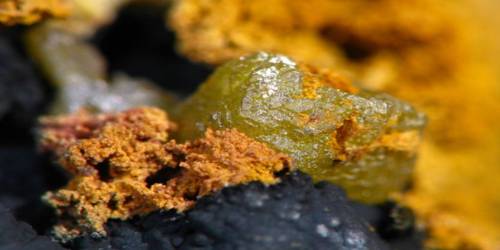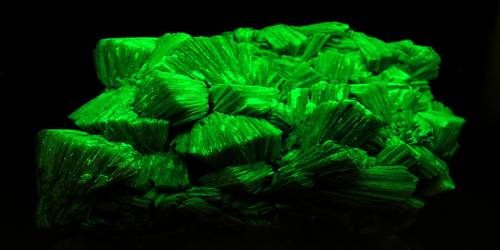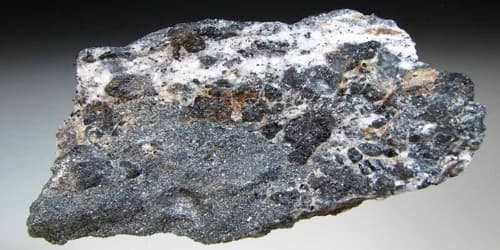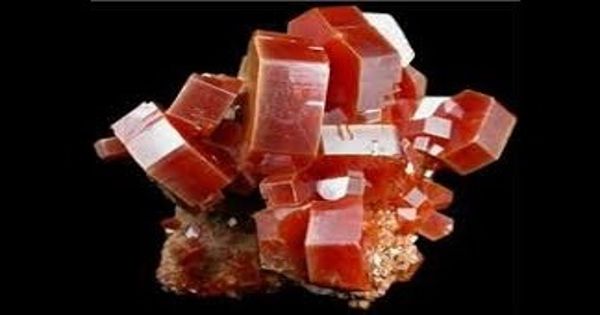Bromyrite or bromargyrite is a natural mineral form of silver bromide found mainly in Mexico and Chile. Hardness is 1.5 to 2. Related are chlorargyrite and iodyrite. It was named after BROMine and the Greek word Argyros, meaning silver, which is present in its composition.
It was first described in 1859 as an occurrence in Plateros, Zacatecas, Mexico where it occurred in a silver deposit as an oxidation product of primary ore minerals. It occurs in arid environments along with native silver, iodargyrite, and smithsonite along with iron and manganese oxide minerals.
General Information
- Category: Halide minerals
- Formula: AgBr
- Crystal system: Isometric
- Crystal class: Hexoctahedral (m3m).
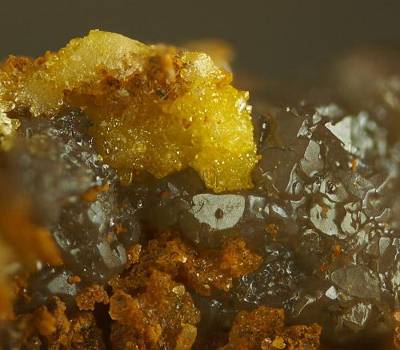
Properties
Bromargyrite can be identified in the field by its color variations, such as greenish-brown, gray-green, grayish-yellow, yellow, and olive green. Its transparent to translucent form has no cleavage. This mineral has an adamantine-greasy luster with a gray streak. The fracture of this mineral is conchoidal and uneven.
The density of bromargyrite is 5.8 to 6 g/cm3 with a hardness of 1.5 to 2 – between talc and gypsum.
- Color: Yellowish, greenish brown, bright green
- Cleavage: None observed
- Fracture: Irregular/uneven, sub-conchoidal
- Tenacity: Sectile
- Mohs scale hardness: 2.5
- Luster: Adamantine, resinous, waxy
- Streak: White to yellowish white
- Diaphaneity: Transparent, translucent
- Specific gravity: 6.474
Occurrence
Bromargyrite occurs in a rare secondary mineral in the oxidation zones of silver deposits, notably in arid regions.
It is often associated with minerals such as silver, smithsonite, iodargyrite, and Fe–Mn oxides.
Information Source:
